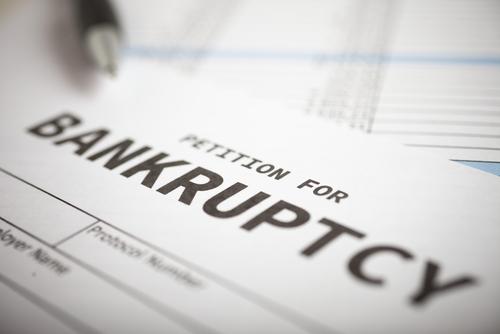Bankruptcy has the stigma of ending your financial life, but if you’ve been struggling with debt for months, or even years, bankruptcy can give you the fresh start you need to get back on your feet. Once your debts are wiped out in bankruptcy, it’s what you do next that determines your future financial success.
Make sure your credit report is accurate.
Bankruptcy can stay on your credit report for up to 10 years, but won’t take you that long to get new credit. Before you apply for any new accounts, verify that your credit report correctly identifies the accounts that were and weren’t included in bankruptcy. Otherwise, it could look like you still have some outstanding past due debts. If you find accounts that were discharged in bankruptcy, but aren’t reported that way, you can dispute with the credit bureaus to have your credit report updated. Provide a copy of your bankruptcy discharge as evidence to help the process.
Build an emergency fund.
Financial emergencies are one of the biggest drivers of debt. To avoid emergency-related debt, put some money away in a savings account each month so you have access to cash in the case of a major (or minor) unexpected expense. This keeps you from having to turn to debt to cover emergencies.
While, the goal is to have an emergency fund large enough to cover six months of living expenses, it’s ok to start small. Set a small goal of $100 to $250 to start and set a new goal as you reach each milestone. Remember to replace anything you spend from your emergency fund so it will be available in the future.
Plan your spending.
Rather than simply spending money haphazardly when bills and expenses come up, get into the habit of planning how you’ll spend each paycheck. Write down the amount you must spend on bills and household expenses and the amount you’ll spend on entertainment and other non-essentials. Keep up with how well you’re sticking to your plan so you know if you need to cut back spending until your next paycheck comes.
Take on new credit cautiously.
A secured credit card – one that requires you to make a security deposit toward your credit limit – is a good way to begin rebuilding your credit after your bankruptcy has been discharged. Pay attention to the credit card requirements – some secured credit cards require you to wait two years after your discharge and others won’t approve you if you have a bankruptcy on your record at all. Avoid going back to any creditors whose accounts were discharged in bankruptcy; they’ll likely turn down your application for new credit.
With a secured credit card, your credit limit will be equal to your security deposit and you’ll get it refunded to you when you close your account in good standing. As long as your account is open, you’re required to make minimum monthly payments by the due date just as you would with a regular credit card.
Getting a cosigner or becoming an authorized user on someone else’s credit card are two other ways you can begin re-establishing your credit history. Don’t worry: your old bankruptcy will stay separate from any new accounts you open.
As you rebuild your credit, you may begin getting offers for unsecured credit cards, but be careful not to open too many credit cards. The more credit cards you have, the higher your chance of getting into credit card debt. You won’t be able to file bankruptcy again for a few years, so minimizing the number of credit cards you have is best.
Monitor your credit.
Monitoring your credit gives you a chance to keep your eye on how your credit is doing post-bankruptcy. There are a number of free credit monitoring tools you can take advantage of to watch out for changes to your credit and spot any suspicious changes to your credit information. In addition to monitoring your credit score regularly, you should also review your full credit reports at least once a year. Use AnnualCreditReport.com to get a free credit report from each of the credit bureaus every 12 months.
Remember why you filed bankruptcy.
Take ownership of the mistakes you made that led to bankruptcy so you can avoid them in the future. Changing your financial habits is just important for bouncing back from bankruptcy as getting approved for new accounts.


I would add to be prepared to pay everything with cash for a very long time. No one is going to give you credit so be prepared to pre-fund all of your purchases.